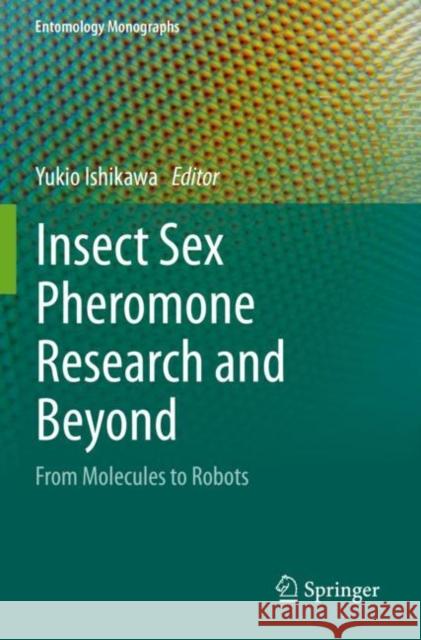Insect Sex Pheromone Research and Beyond: From Molecules to Robots » książka
topmenu
Insect Sex Pheromone Research and Beyond: From Molecules to Robots
ISBN-13: 9789811530845 / Angielski / Miękka / 2021 / 321 str.
Insect Sex Pheromone Research and Beyond: From Molecules to Robots
ISBN-13: 9789811530845 / Angielski / Miękka / 2021 / 321 str.
cena 645,58 zł
(netto: 614,84 VAT: 5%)
Najniższa cena z 30 dni: 616,85 zł
(netto: 614,84 VAT: 5%)
Najniższa cena z 30 dni: 616,85 zł
Termin realizacji zamówienia:
ok. 22 dni roboczych
Bez gwarancji dostawy przed świętami
ok. 22 dni roboczych
Bez gwarancji dostawy przed świętami
Darmowa dostawa!
Kategorie:
Kategorie BISAC:
Wydawca:
Springer
Seria wydawnicza:
Język:
Angielski
ISBN-13:
9789811530845
Rok wydania:
2021
Wydanie:
2020
Numer serii:
000955925
Ilość stron:
321
Oprawa:
Miękka
Wolumenów:
01











